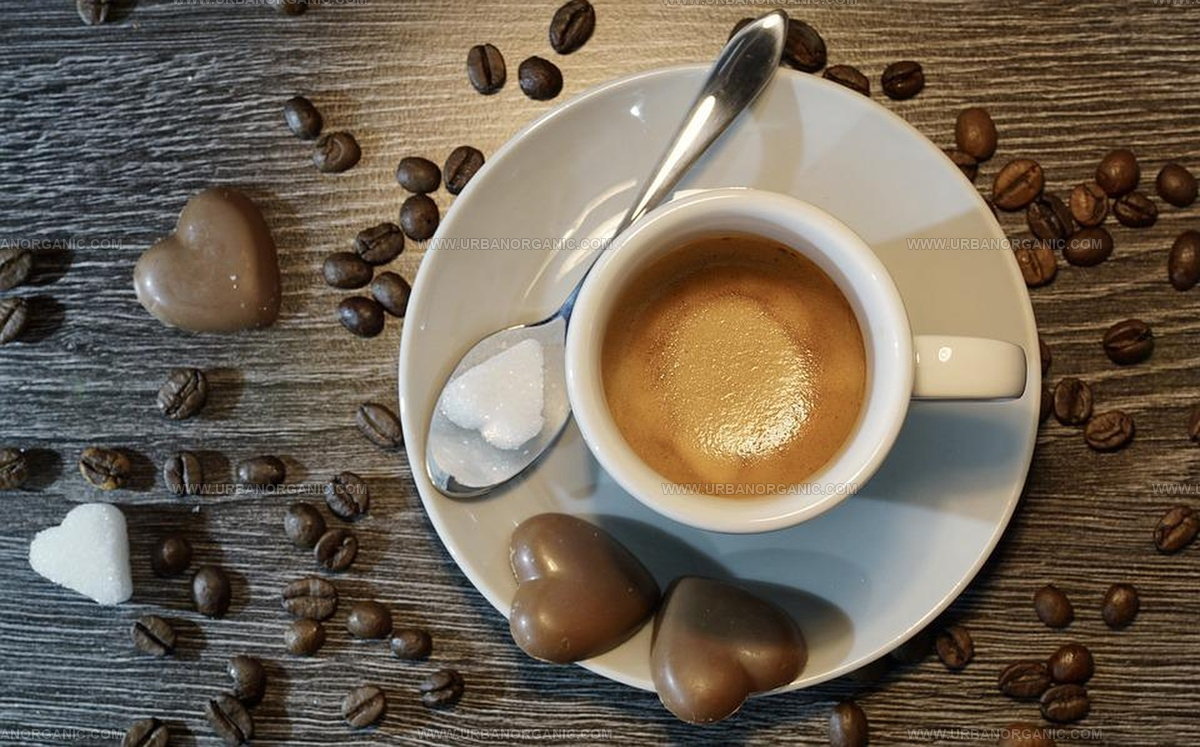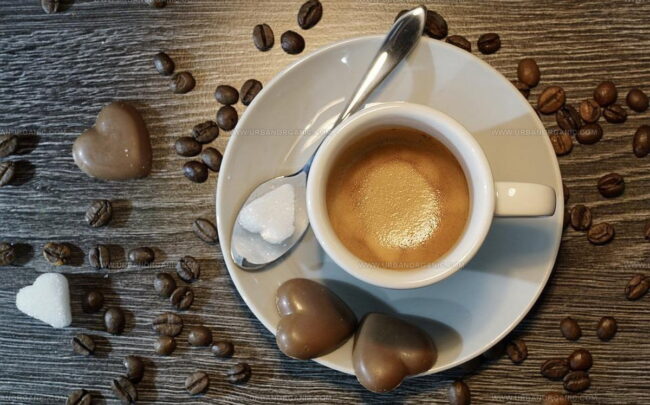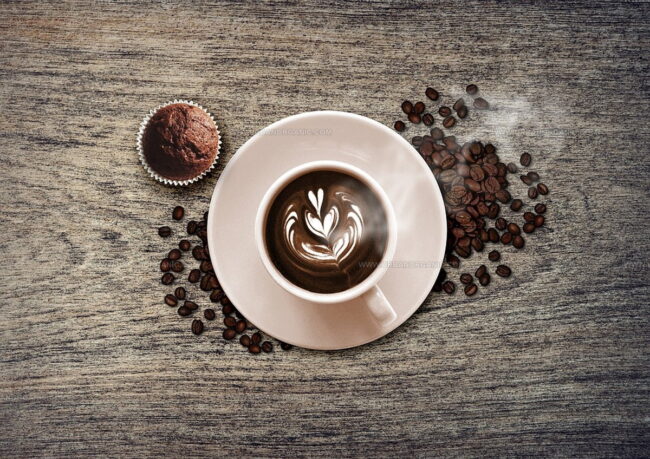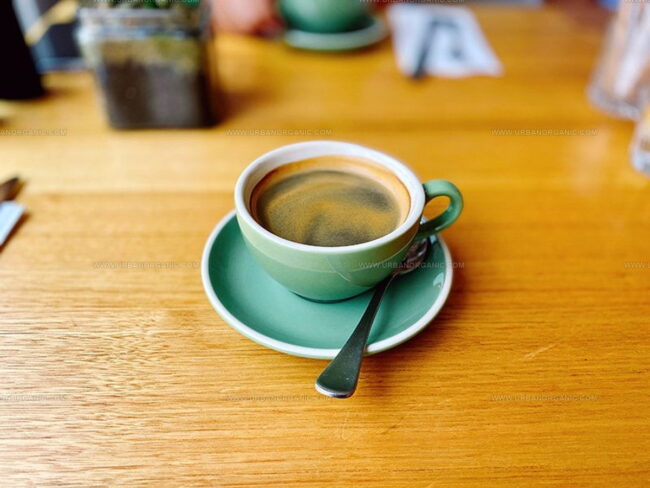What Does Espresso Taste Like? Bold Brew Breakdown for Newcomers
Espresso lovers understand the allure of this concentrated coffee drink that transforms ordinary mornings into extraordinary experiences.
Passionate baristas around the world celebrate the complex art of brewing this intense beverage that captures coffee's deepest essence.
Small yet powerful, espresso represents more than just a quick caffeine fix - it's a sensory journey into flavor complexity.
Some people find espresso intimidating, wondering about its mysterious characteristics and unique profile.
Coffee enthusiasts appreciate how this tiny shot can reveal intricate layers of aroma, richness, and depth that standard brews cannot match.
Professional roasters carefully select beans and develop precise techniques to create the perfect espresso expression.
Your curiosity about espresso's true nature is about to be satisfied through an enlightening exploration of its remarkable qualities.
Buckle up for an insider's guide that will transform your understanding of this remarkable coffee experience.
What Is Espresso?
Espresso brings a powerful punch of flavor in a tiny coffee shot.
Special coffee machines push super-hot water through very fine coffee grounds.
Small batches create a rich liquid with a creamy brown foam on top.
Tiny air bubbles mix with coffee oils to make this special top layer.
Strong coffee taste lingers after each small sip.
Coffee plants provide the base for this drink, with the same growing and roasting methods used for regular coffee.
People can make espresso from many different coffee types.
Key differences come from how beans are ground and packed.
Coffee makers grind beans much finer and press them tightly before hot water rushes through.
Small shots can be enjoyed alone or mixed into other popular drinks like cappuccinos and Americanos.
Flavor of Espresso
Good espresso balances acid and bitter notes.
Cream sits on top with a light color and sweetest taste.
Core of espresso carries body as the darkest section.
Richness lives in this middle part, while bottom section brings sharp acidic qualities.
People unsure about espresso tastes can check coffee experts' tasting wheel for flavor understanding.
Careful brewing creates super strong smells in espresso.
Flavors remain close when cream disappears, but still keep separate characteristics.
Drinkers notice shifting taste experiences during sipping.
Sour notes become clear as drink progresses.
How Espresso Smells
Good espresso carries a complex aroma.
Sweet scents dance across your tongue and drift up your throat.
Tasty hints linger after each sip, helping you discover new flavor notes.
Coffee aromas shift and change while moving through your mouth.
Light white foam called crema sits on top, which someone could remove with a paper filter.
Exploring espresso helps you connect its unique taste to other food and drink experiences.
Detecting different espresso layers allows you to understand its flavor depth.
Learning these details helps you recognize what makes coffee delicious.
People interested in improving their coffee skills can follow simple techniques.
Espresso aroma signals its overall quality.
Hints of familiar and surprising flavors peek through each sip.
Coffee lovers quickly learn which types taste smooth and which seem more sharp.
Food Pairings for Enjoying Espresso
Espresso has a bold, rich taste that goes well with both sweet and savory foods, making your coffee break more enjoyable.
Whether you like something sweet or a little salty, espresso is easy to pair with your favorite snacks for a tasty treat.
Does Espresso Taste Like Coffee?
Espresso packs a stronger punch than regular coffee.
Both come from the same coffee beans, but they differ in key ways.
Roasting, grinding, and brewing methods create unique flavor profiles, textures, and caffeine levels.
Regular coffee tastes smooth and balanced, while espresso offers an intense, rich experience with complex flavor notes.
Powerful taste and higher caffeine concentration mean espresso comes in smaller servings.
Smaller espresso servings actually contain less caffeine per cup compared to regular coffee.
People who drink multiple espresso shots will still get a significant caffeine boost.
Making an espresso shot takes much less time than brewing a full coffee cup.
Single espresso shots finish in under 30 seconds.
Brewing a regular coffee requires more than three minutes of preparation.
Espresso Color Guide
People often eat and drink with their eyes before tasting something.
Restaurants showcase food in beautiful ways and mix cocktails with fun straws or decorations.
Coffee follows this same rule.
Perfect espresso looks dark brown, almost black, with a golden-brown micro-foam crema sitting on top.
Crema will sink down after about a minute, but coffee's color stays steady.
Light brown espresso probably means under-extraction happened.
Someone might face this problem with incorrect coffee grind size.
Water soaks into coffee grounds incorrectly, causing watery, bitter shots without nice crema.
Coffee experts like Arne Preuss share helpful details about espresso machines and brewing methods.
Is Espresso Bitter?
Espresso carries a hint of bitterness as part of its carefully crafted flavor profile.
Several factors can make espresso taste more bitter than it should.
Common problems include coffee beans that are not ground correctly, brewing methods that pull too much or too little from the beans, and coffee machines that need a good cleaning.
Spotting a quality espresso means checking for specific signs.
You want a shot with balanced flavor, a rich feel when it touches your mouth, and a beautiful red-brown foam sitting on top.
Is Espresso Just Strong Coffee?
Espresso stands out from regular drip coffee, despite both coming from coffee beans.
People often mistake these drinks as identical, but key differences set them apart.
Making espresso involves special brewing methods with more concentrated techniques.
Coffee makers use a finer ground and create a shorter brewing process compared to standard coffee preparation.
Special bean blends matter too, with carefully selected options that highlight crisp and clear flavor profiles.
Subtle details make espresso unique.
Brewing techniques push hot water through compact coffee grounds quickly, which creates a strong drink with rich intensity.
Skilled baristas understand how small changes impact taste and quality.
These details separate everyday coffee from sophisticated espresso experiences.
How to Drink Espresso
Espresso stands apart from regular coffee, especially when we're talking about enjoying it socially rather than judging it in a competition setting.
Take a small breath after smelling and sip softly.
Smell and taste connect closely, so drink right after breathing out through your nose.
Let the espresso move smoothly from front to back of your tongue, then swish it around to cover your whole mouth.
Swallow and breathe in slowly through your mouth.
After smelling, release a little air to make space for breathing in.
This method pulls out hidden flavors more deeply.
Words like softly and slowly matter here.
Espresso seems complex in a small cup.
It's one of the most powerful coffee drinks, packed with more flavor notes than other brewing methods.
Many flavor details hide from immediate senses, and rough handling can block subtle tastes.
Certain ingredients in espresso coat your tongue to hide coffee's natural bitterness, mainly from caffeine, which tastes sharp even in tiny amounts.
Other bitter parts exist too.
Since first sips might not show everything, try sipping, tasting, pausing, and repeating to catch full flavor ranges.
Skip the rest if first or second sips taste burnt, weak, bitter, sour, or unpleasant.
Those bad tastes won't improve no matter how much you try.





Michael Thompson
Founder & Culinary Director
Expertise
Classical & Contemporary Cooking Techniques, Global Cuisine Appreciation, Nutrition & Menu Engineering, Sustainable Cooking Practices, Farm-to-Table Cuisine
Education
Southwestern Oregon Community College
Michael grew up in Oregon, where he learned early that food tastes better when it’s fresh, local, and made with care.
After earning his degree from the Southwestern Oregon Community College, he focused his career on teaching others how to cook with the seasons, reduce food waste, and reconnect with what’s on their plate.
Michael keeps his cooking simple, sustainable, and full of flavor. His favorite part of the process? Watching people realize how easy and satisfying it can be to cook a single great meal from scratch.